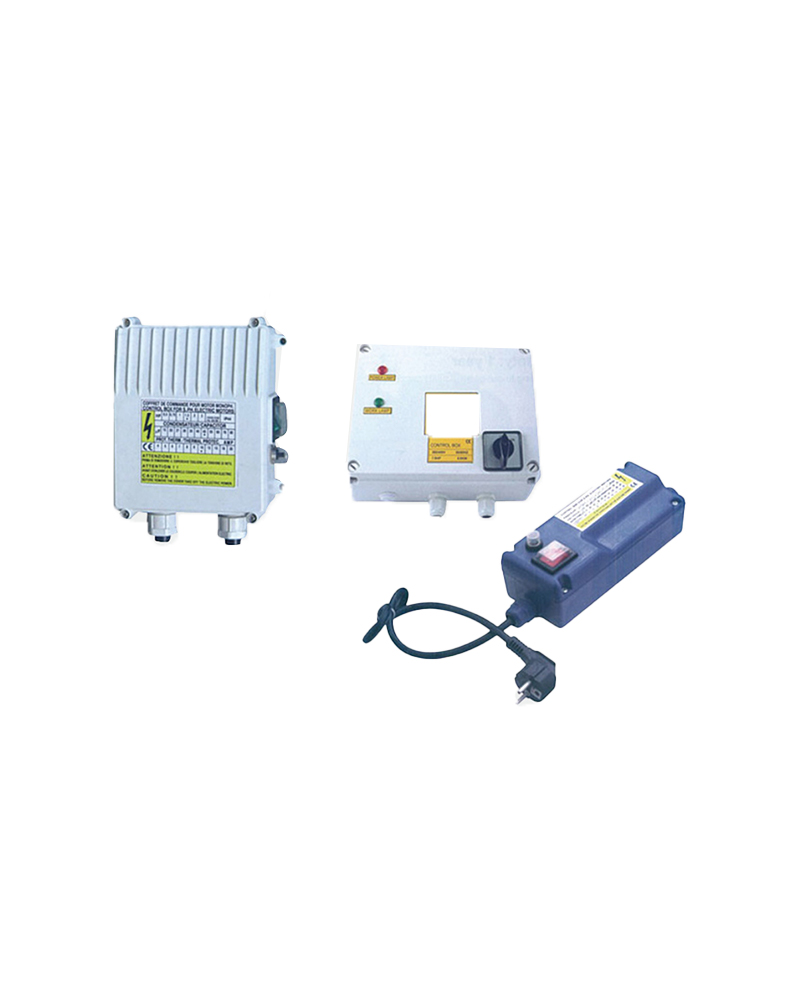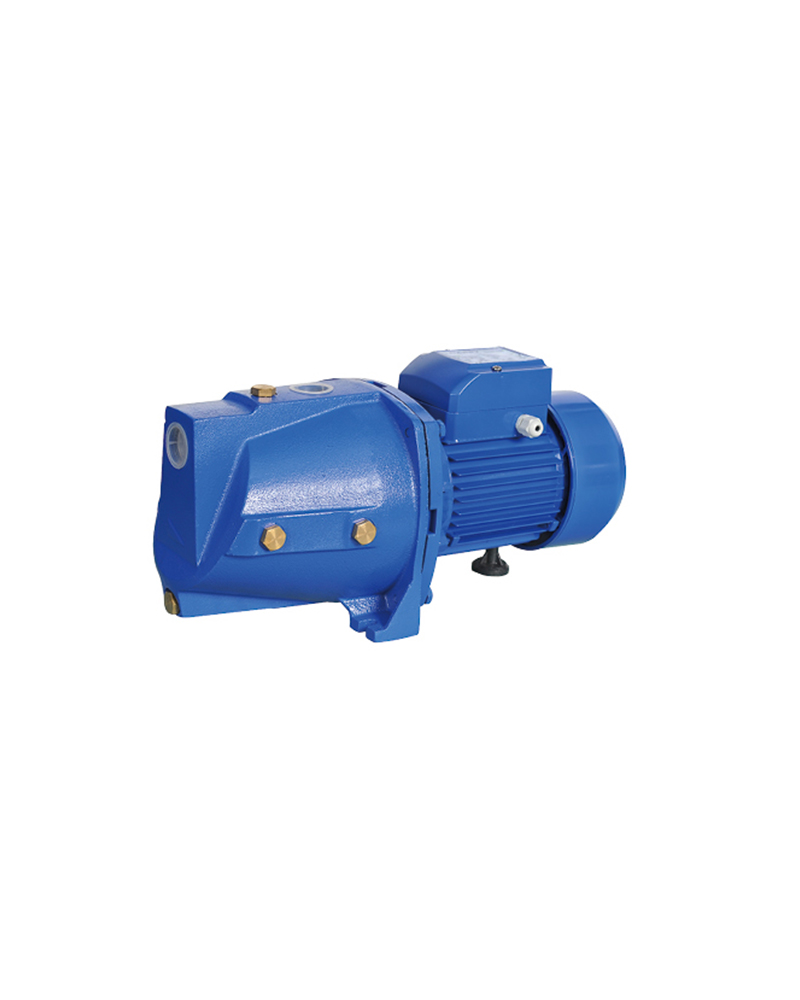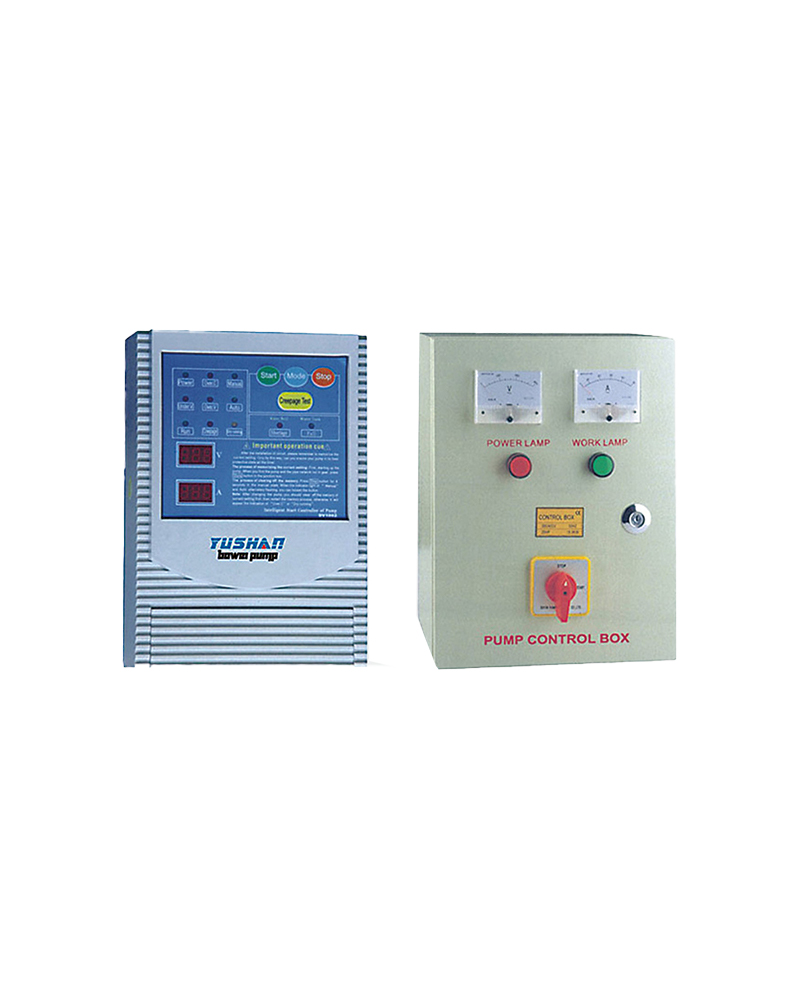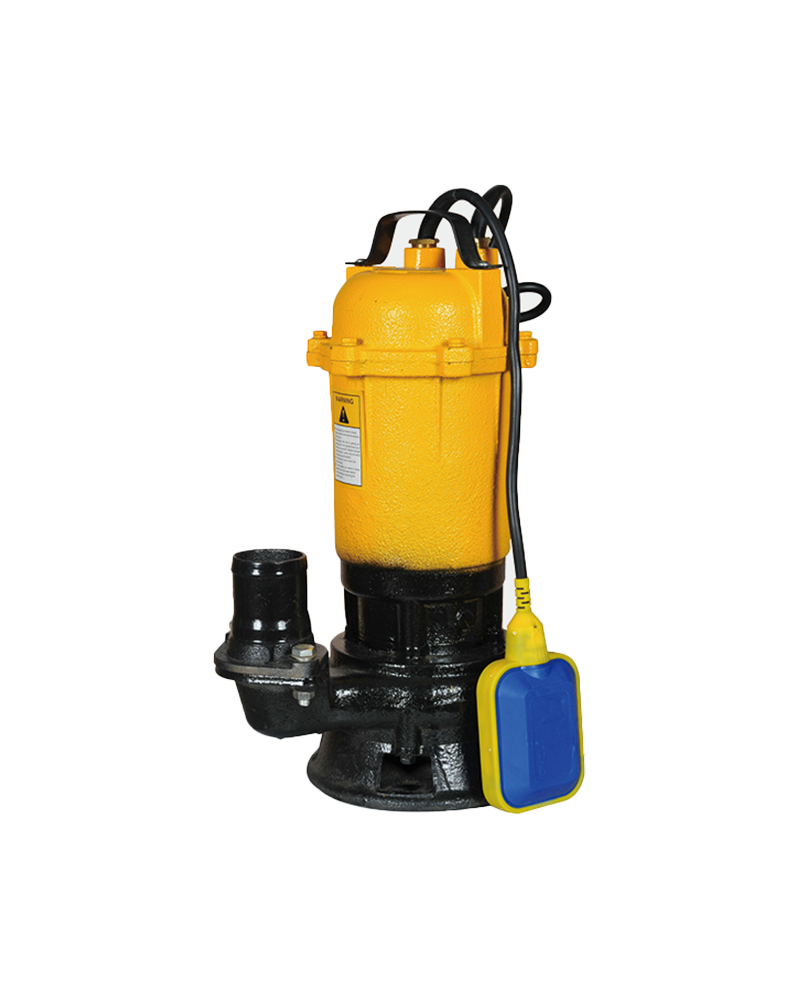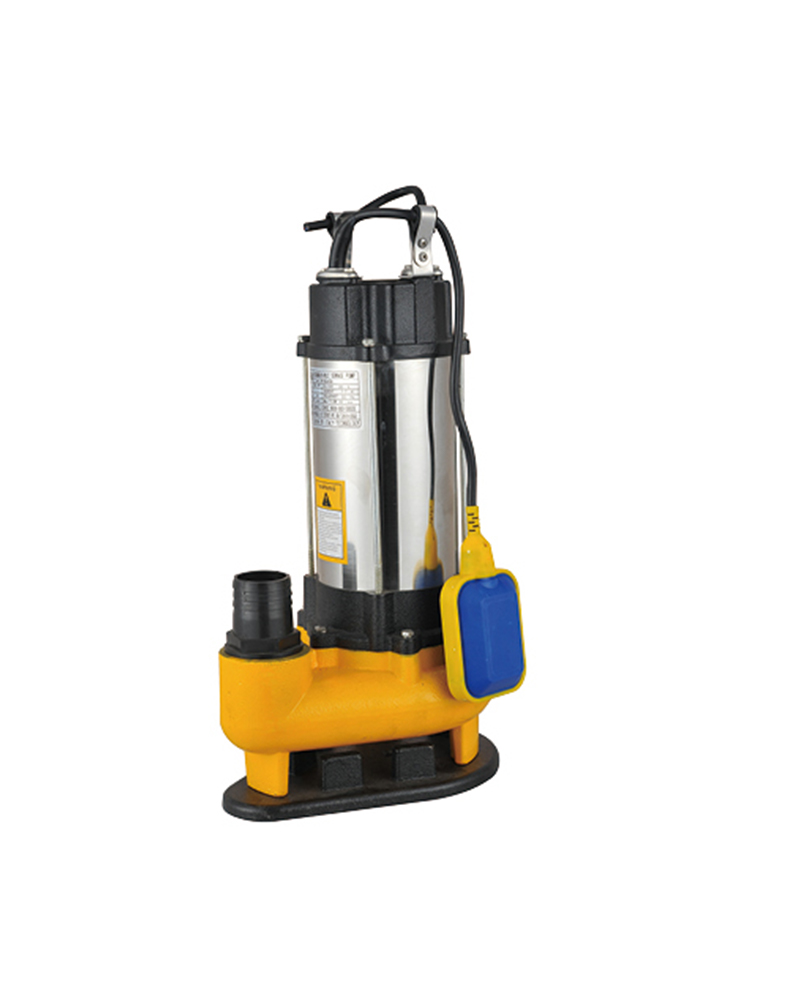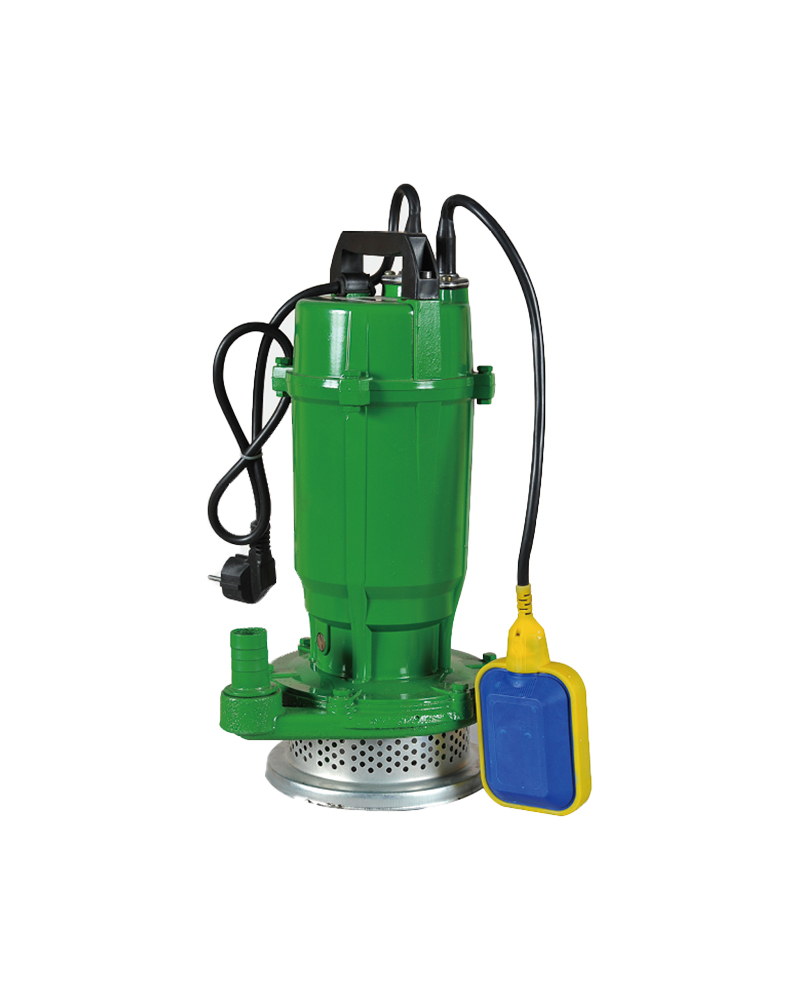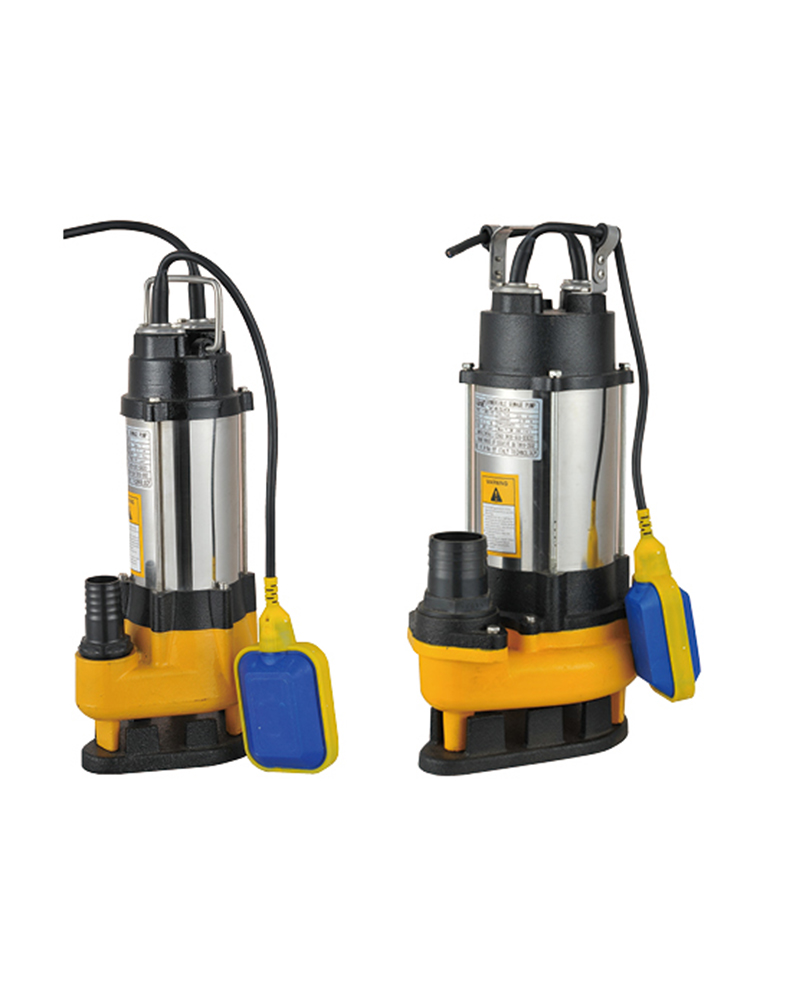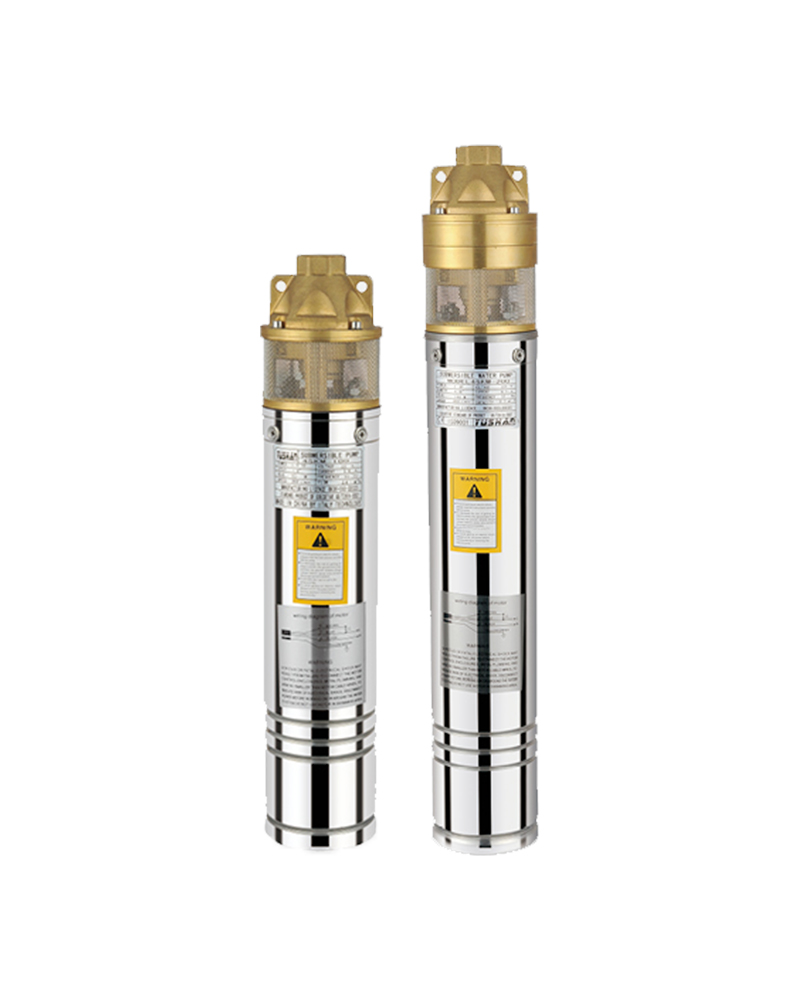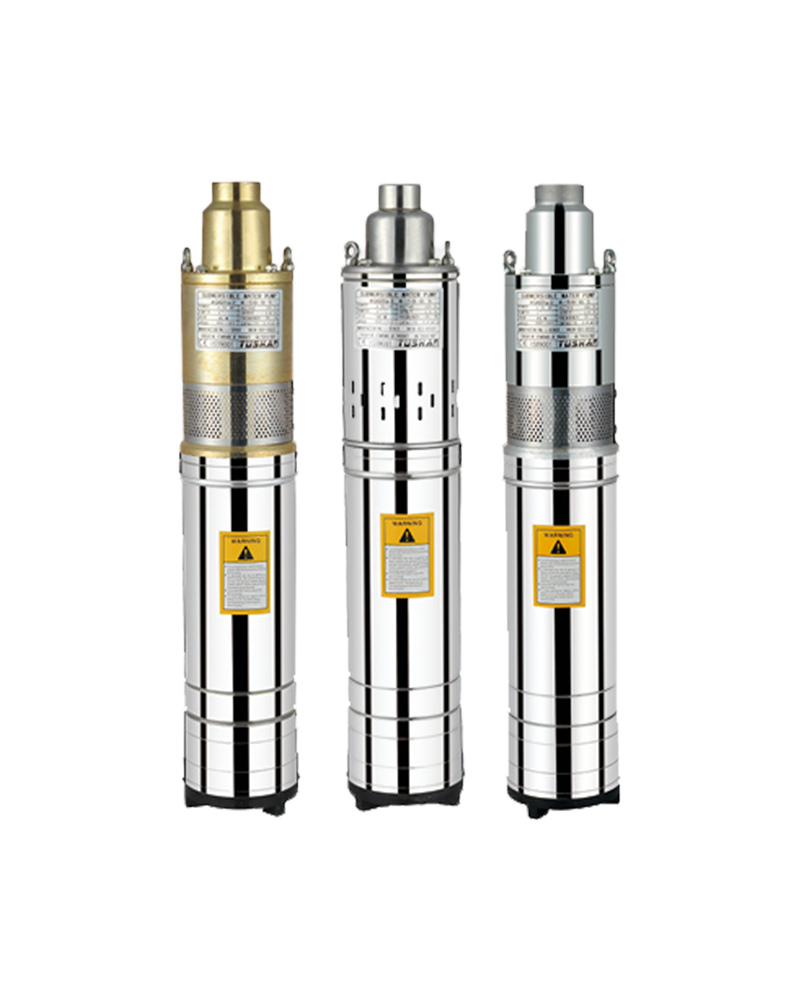Installing and operating a stainless steel pump safely and effectively involves several steps, as outlined below:
Installation:
Choose the appropriate location for the pump. It should be installed on a flat and stable surface that is not prone to vibrations.
Make sure the electrical connections and power supply are compatible with the pump.
Ensure that the piping system is properly aligned with the pump, and that the suction and discharge connections are properly sealed to prevent leakage.
Make sure the pump is properly grounded and that all electrical connections are secure.

Operation:
Before starting the pump, check that the suction and discharge valves are fully open and that the piping system is free of any obstructions.
Turn on the pump and monitor its operation closely. Pay attention to the flow rate, pressure, and any unusual noises or vibrations.
If the pump is equipped with a pressure gauge, monitor it closely to ensure the pump is operating within its specified pressure range.
Regularly inspect the pump and its components, including the impeller, shaft, and seals, for signs of wear or damage.
Maintain a proper lubrication schedule to ensure that the pump operates smoothly and efficiently.
In the event of a problem, shut off the pump immediately and troubleshoot the issue before restarting the pump.
In summary, installing and operating a stainless steel pump safely and effectively involves proper installation, monitoring, and maintenance. It is essential to follow the manufacturer's instructions and to have a thorough understanding of the pump's capabilities and limitations.



 English
English
 Español
Español
 عربى
عربى
